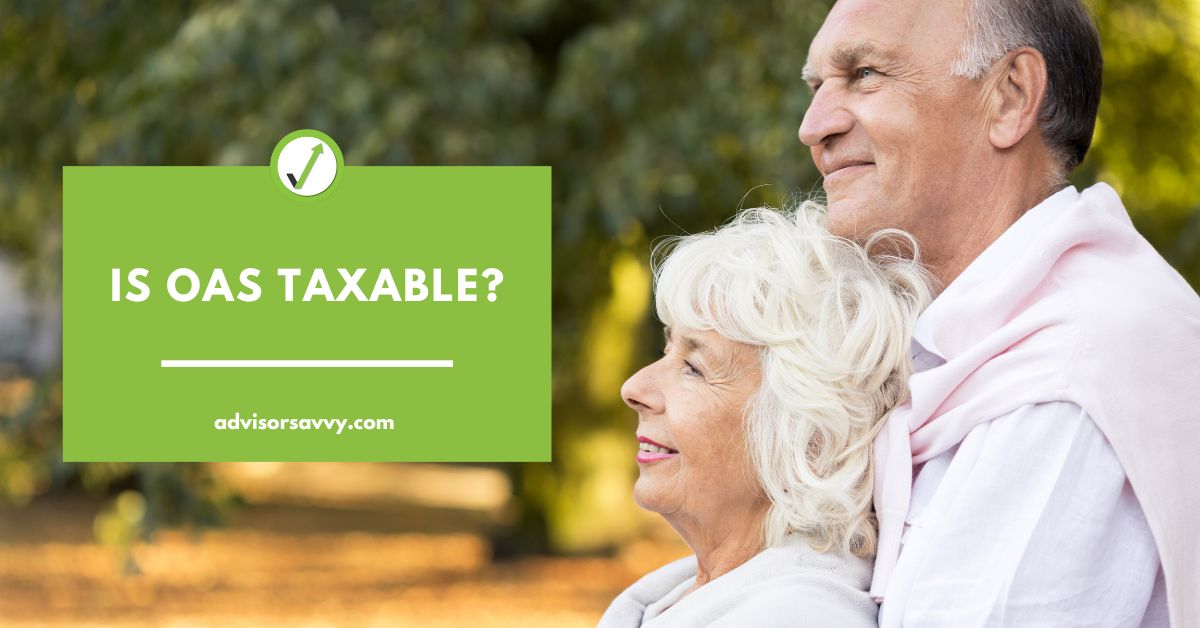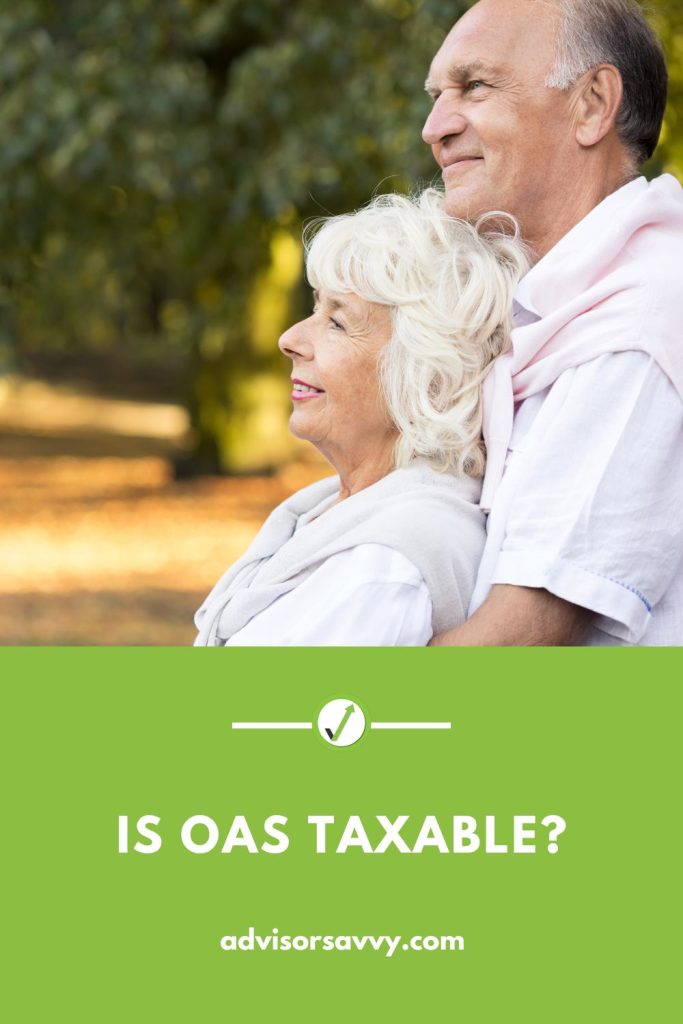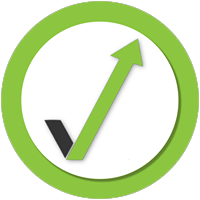
When you retire, one of the things you may be looking forward to is collecting your Old Age Security (OAS) payments. But is OAS taxable? The short answer is yes, but there are some nuances to consider. Furthermore, how much tax you pay on OAS depends on other aspects of your finances. In this blog post, we’ll take a look at the taxability of Old Age Security payments in Canada. Keep reading for more information!

Table of contents
What is OAS?
Old Age Security (OAS) is a retirement benefit available to Canadian citizens and residents. You may be eligible if you are 65 years of age or older. Plus have lived in Canada for at least 10 years after turning 18.
However, if you retire to a foreign country, you must have resided in Canada for at least 20 years after turning 18 to keep receiving your OAS pension. If seniors choose to wait until they are 70 years old to start collecting the OAS pension, they will receive 36% more per month.
The maximum monthly amount for 2022 is $666.83. For those receiving the Guaranteed Income Supplement (GIS), the maximum monthly GIS payment in 2022 is $995.99.
If you are living outside of Canada when you reach the age of 65, you can contact the nearest Canadian embassy, high commission or consulate to find out how to apply for your OAS pension. They can also provide insight into eligibility.
Finally, it is important to note that currently any new immigrants to Canada who are over the age of 65 cannot receive the OAS pension. They must have been living in Canada for at least 10 years to become eligible.
For a little historical context, the OAS was initially created in 1927 under the Old Age Pension Act. It was open to pensioners aged 70 and older with yearly incomes under $365. You read that right… annual average incomes were about $1,000 to $1,500 in the 1920s for Canadians residing in cities! Times, and money, have definitely changed over the century. The OAS pension was first established in 1952, and provided annual retirement income of up to $480. The Guaranteed Income Supplement was added to the OAS pension in 1967.
Related Reading: CPP vs OAS: What are the differences?
Is OAS taxable?
OAS is taxable and the amount you pay is based on your annual income. You will get a T4A (OAS) tax slip from Service Canada at the end of the tax year. The slip details how much OAS pension you received and how much tax was deducted at the source. You will likely get your OAS Statement near the end of February of each year.
In box 18, you’ll find the taxable pension payment to you. This amount should be entered on line 113 of your tax return. The OAS recovery tax is also recorded in box 20 of your T4A (OAS) slip if it was deducted from your pension.
You may request that federal income taxes be taken out every month so you don’t have to pay quarterly or wait till the end of the year to pay a lump-sum in taxes. Complete Form ISP 3520 to make this request.
OAS pensioners who live outside of Canada are subjected to a 25% monthly withholding tax on their benefits when they are considered non-residents of the country. They may be able to lower this tax rate if their country of residence has a social security agreement with Canada. If you don’t meet the 20-year residency requirement, your OAS payments will stop after 6 months of being outside Canada. Once you return to Canada, your payments will begin again.
OAS clawback
If your yearly income is greater than a certain amount ($79,054 for the 2020 tax year and July 2021 to June 2022 recovery tax period), you must return part of your OAS pension. This is another way OAS is taxable.
You are no longer eligible to receive the OAS pension if your annual income exceeds $128,149 when you reach retirement age. For July 2022 to June 2023 recovery tax period, the threshold was increased to $129,075. The default OAS recovery tax, more commonly known as the OAS clawback, is applied to your OAS pension based on when you begin receiving it.
For example, let’s say you begin receiving the OAS pension in January 2022. Your 2020 income tax return is used to compute how much OAS is clawed back.
If you start receiving an OAS pension in July 2022, however, your 2021 income tax return amount will be taken into account to calculate the impact of the threshold levels for OAS clawback purposes. The OAS payment schedule, which covers the months of July and June each year, is one reason. For every dollar over the minimum threshold, OAS recovery taxes are 15 percent until OAS is fully phased out.
OAS tax example
In 2021, John’s net income before adjustments is $85,000. This amount exceeds the clawback threshold of $79,845, so John will have to repay 15% of the excess over this amount. Or $773.25 [($85,000 – $79,845) x 15%]. In total, John received $6,000 in OAS during 2021. He will have to repay $773.25 of this amount for the OAS clawback. In total, John received $5,226.75 in OAS after the clawback is repaid.
Related Reading: Marginal Tax vs Average Tax
How much tax do I pay on OAS?
If your net world income is more than $81,761 for the year, you must repay part or all of your OAS pension. As a monthly recovery tax, part or all of your OAS pension is reduced. If any of the following situations apply to you in 2022, you must pay the recovery tax:
- If your annual net world income is more than $81,761 Canadian dollars in 2022, and you meet the other requirements listed below.
- You live in a country where the non-resident tax on Canadian pensions is 25% or more.
When reporting OAS income on your tax return, you might be wondering how much tax you owe on the pension as well. The amount of tax you pay depends on your province or territory as well as your current tax bracket. Fortunately you can take advantage of the age amount tax credit now that you’re 65 and older!
Related Reading: What Are the Best Retirement Plans?
Is tax deducted from OAS payments?
The Old Age Security pension payments you receive are taxable income. Each month, taxes aren’t automatically subtracted. If you prefer, you can have federal income tax deducted from your monthly payment by:
- Logging into your My Service Canada Account
- Submitting ISP-3520OAS (Request for Voluntary Federal Income Tax Deductions CPP/OAS) form. If you are unable to do so, you may send your documentation via mail or hand it off at a Service Canada office directory.
If you don’t ask for monthly tax deductions, you may be required to pay your income taxes every quarter. Or in a lump sum during tax season.
Now you know OAS is taxable and what you can expect during tax season if you receive OAS payments. Make sure to keep an eye out for correspondence from the Canada Revenue Agency to ensure completing your tax return is a smooth and simple process.
Read More: How Much Money Do I Need to Retire in Canada?

